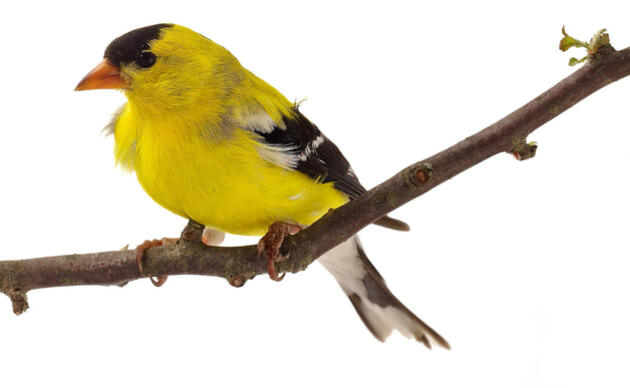
(BATON ROUGE, LA – June 26, 2019) The Mississippi River Delta is one of the largest and most important estuary systems in the world, supporting critical populations of a variety of bird species. A new study, published in the Wilson Journal of Ornithology, titled “The Regional, National, and International Importance of Louisiana's Coastal Avifauna,” focuses on 17 key species of waterbirds, shorebirds, and marshbirds and how they depend on the Delta. “The purpose of the paper was to call attention to how important Louisiana is to coastal birds populations regionally and nationally, and to provide preliminary population estimates of key species,” indicates the lead author, Louisiana State University retired Professor and Curator of Birds, Dr. Van Remsen.
By accessing published and unpublished datasets from Texas to Maine, researchers from Louisiana State University, Louisiana Department of Wildlife and Fisheries, Abt Associates Inc., and the National Audubon Society created state-by-state estimates of population size for the 17 focal species. Together with hemispheric and global population estimates, this created baselines against which to compare Louisiana’s contribution for each species.
In 14 of the 17 species selected for the study, the research found that coastal Louisiana supports more nesting birds than each of the other four Gulf of Mexico states. For some of these species, coastal Louisiana also supports more than half of the entire U.S. or global population. For example, coastal Louisiana supports 73% of the U.S. population of Sandwich Tern and 55% of the global population of Seaside Sparrow—two species that are considered “Climate Endangered” by the National Audubon Society.
Louisiana’s unique diversity of coastal habitats is key to supporting this abundance of bird life. The region includes extensive freshwater to salty marshes, swamp forests to coastal cheniers, sandy beaches, barrier islands, and isolated nesting islands. But Louisiana is also facing one of the greatest coastal land loss crises in the world. With over 2000 square miles of land lost to open water over the last 80 years, these birds face an uncertain future. “The consequences of a collapsing delta could have devastating effects on bird populations that depend on the region,” says Erik Johnson at Audubon Louisiana, a co-author on the study.
This study brings new insight into the national and global importance of Louisiana for birds, reinforcing the urgent need for coastal land conservation. The land loss challenges facing the Mississippi River Delta ecosystem must be met with robust restoration and protection efforts if the region is to remain a safe haven for people and birds alike.
The regional, national, and international importance of Louisiana's coastal avifauna is available at https://wjoonline.org/doi/abs/10.1676/18-111.
About the journal: The Wilson Journal of Ornithology is a peer-reviewed, international journal of ornithology, published by the Wilson Ornithological Society.
Audubon's mission is to conserve and restore natural ecosystems, focusing on birds, other wildlife, and their habitats for the benefit of humanity and the earth's biological diversity. Audubon Louisiana works daily to engage, conserve, restore and protect important areas shared by birds and people. See more at LA.Audubon.org.



